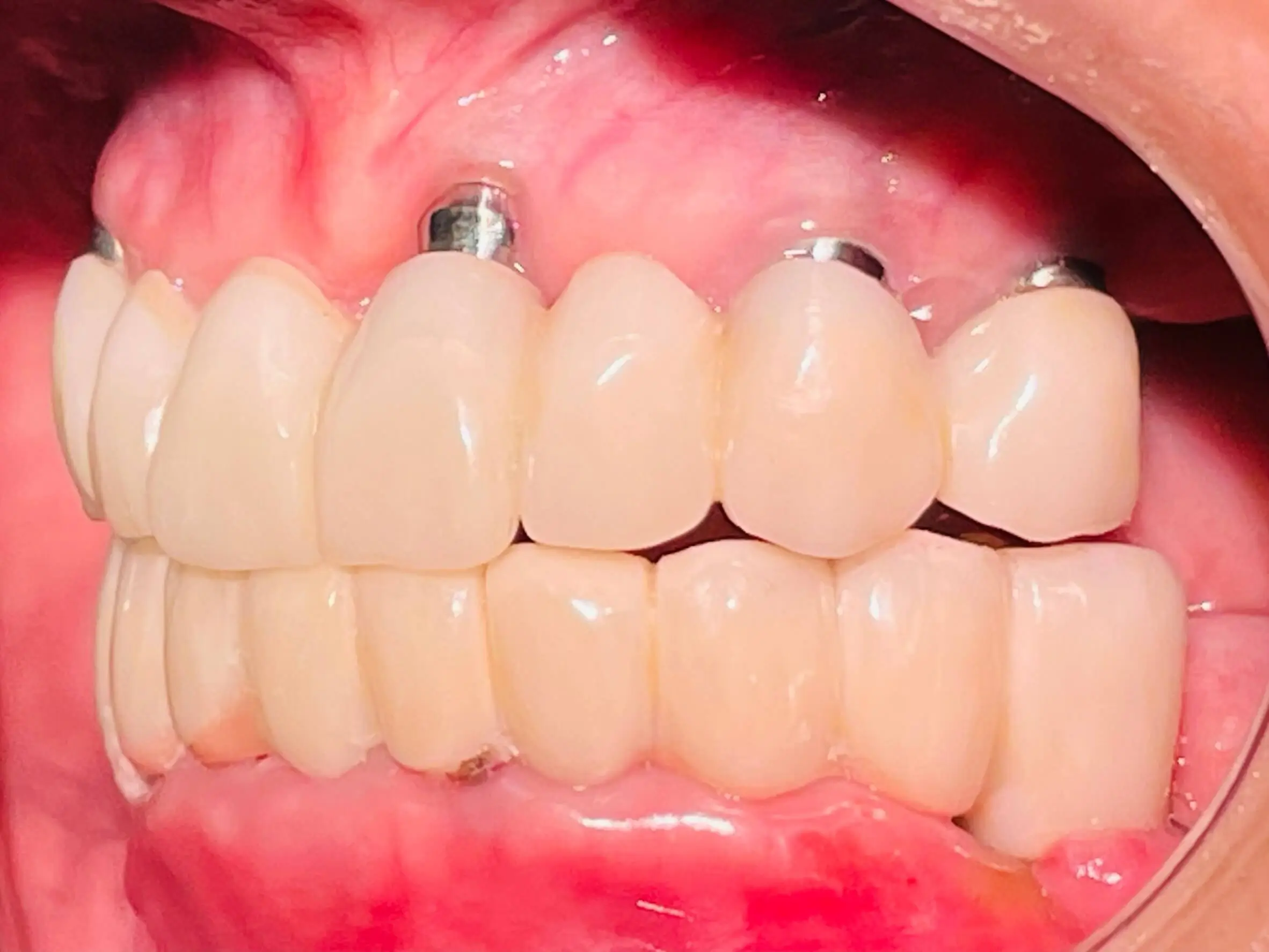

Patient Profile:
Mr. Wang, 52 years old, lost his lower left first molar due to severe decay years ago. Over time, the missing tooth led to reduced chewing efficiency and difficulty eating harder foods. In addition, bone resorption had started to occur in the edentulous area.
Diagnosis & Treatment Plan:
A CBCT scan showed that the bone volume in the missing tooth area was sufficient for a conventional implant. The dentist designed a single-tooth implant restoration plan using a Swiss ITI hydrophilic implant. After 3–4 months of healing, a crown would be placed on top of the implant.
Treatment Process:
Under local anesthesia, the implant was placed within just 30 minutes. Post-surgery, Mr. Wang reported minimal discomfort. The dentist advised him to avoid chewing hard foods for the first two days and to attend regular follow-ups. After three months, the implant integrated well with the bone, and a full-ceramic crown was successfully fitted.
Treatment Outcome:
Mr. Wang regained full chewing function, and the appearance was almost identical to a natural tooth. He happily shared: “Now I can eat ribs and nuts without any problem. I should have done this earlier!”
Case Summary:
Dental implants not only restore function after tooth loss but also help prevent further bone resorption. For patients with a single missing tooth and healthy adjacent teeth, dental implants offer a durable and highly aesthetic solution.
 collect
collect
Hospitals included
Products included
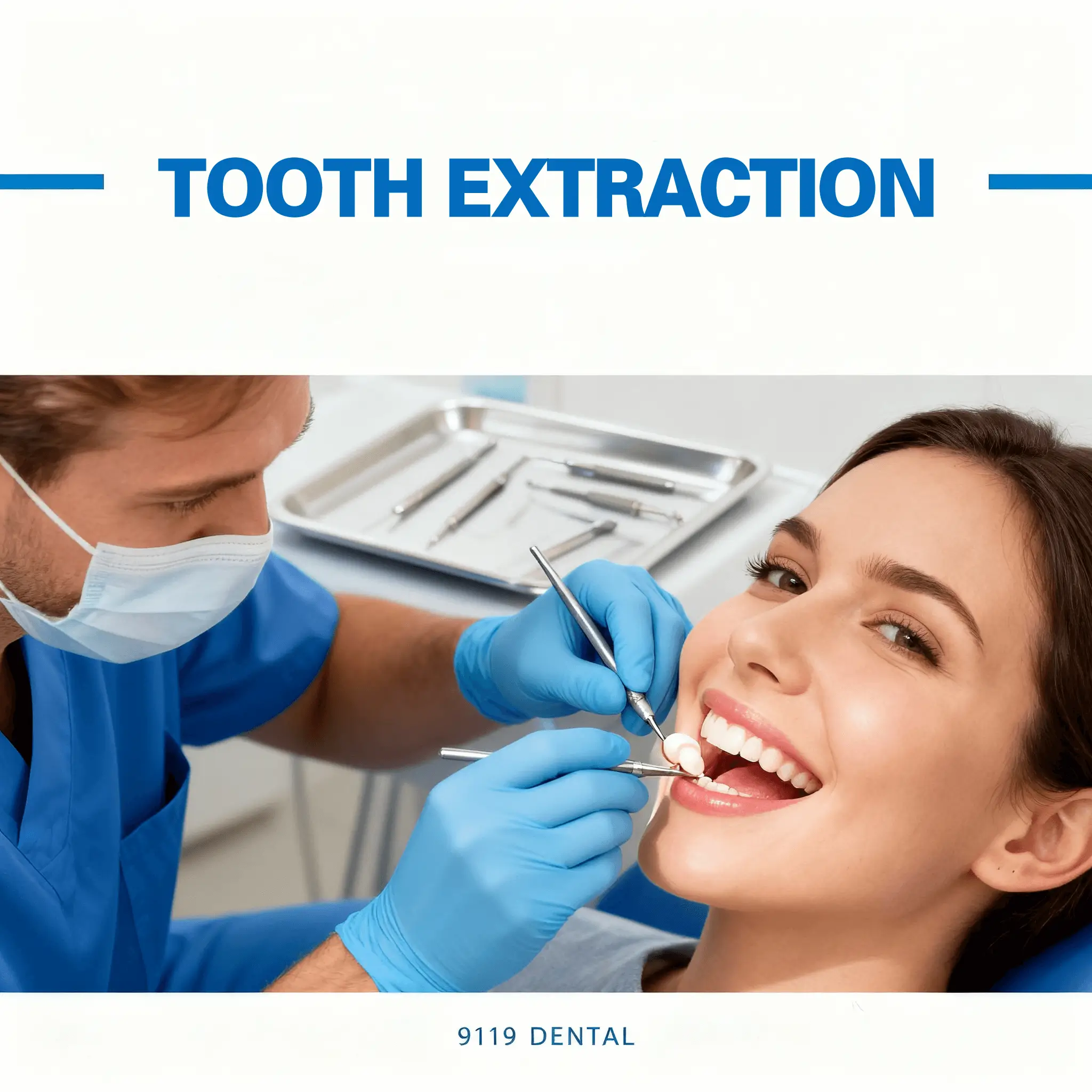
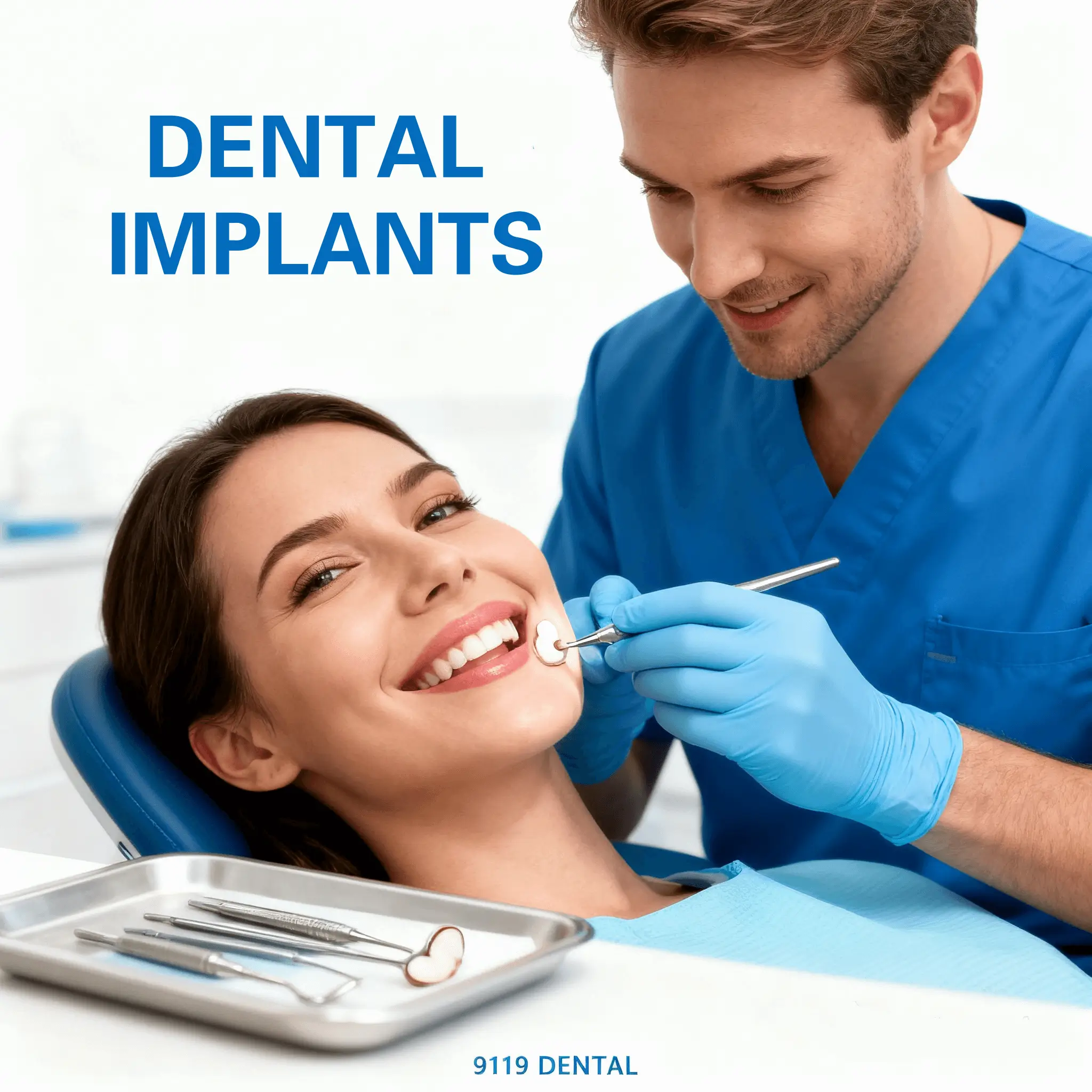
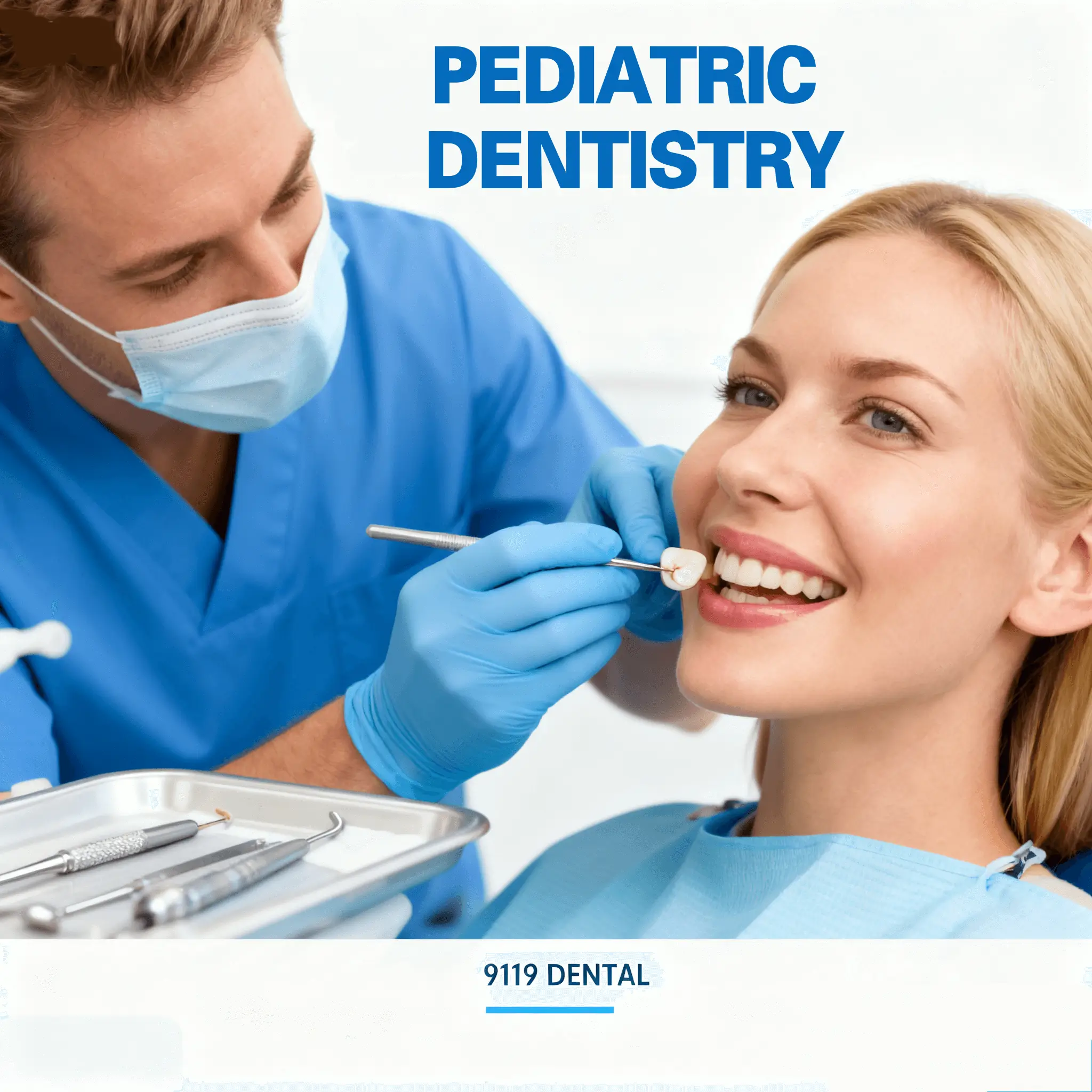
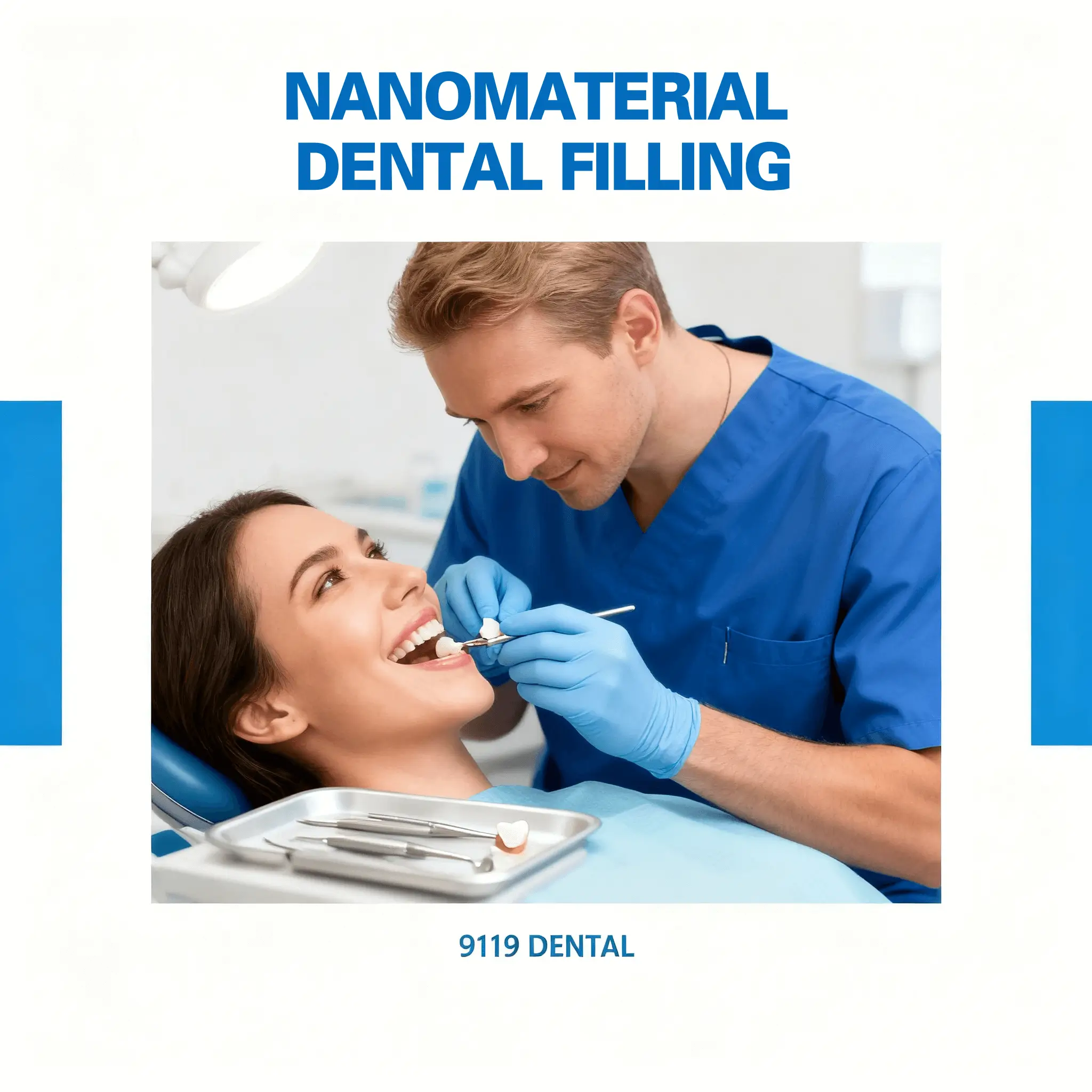
Suggested reads